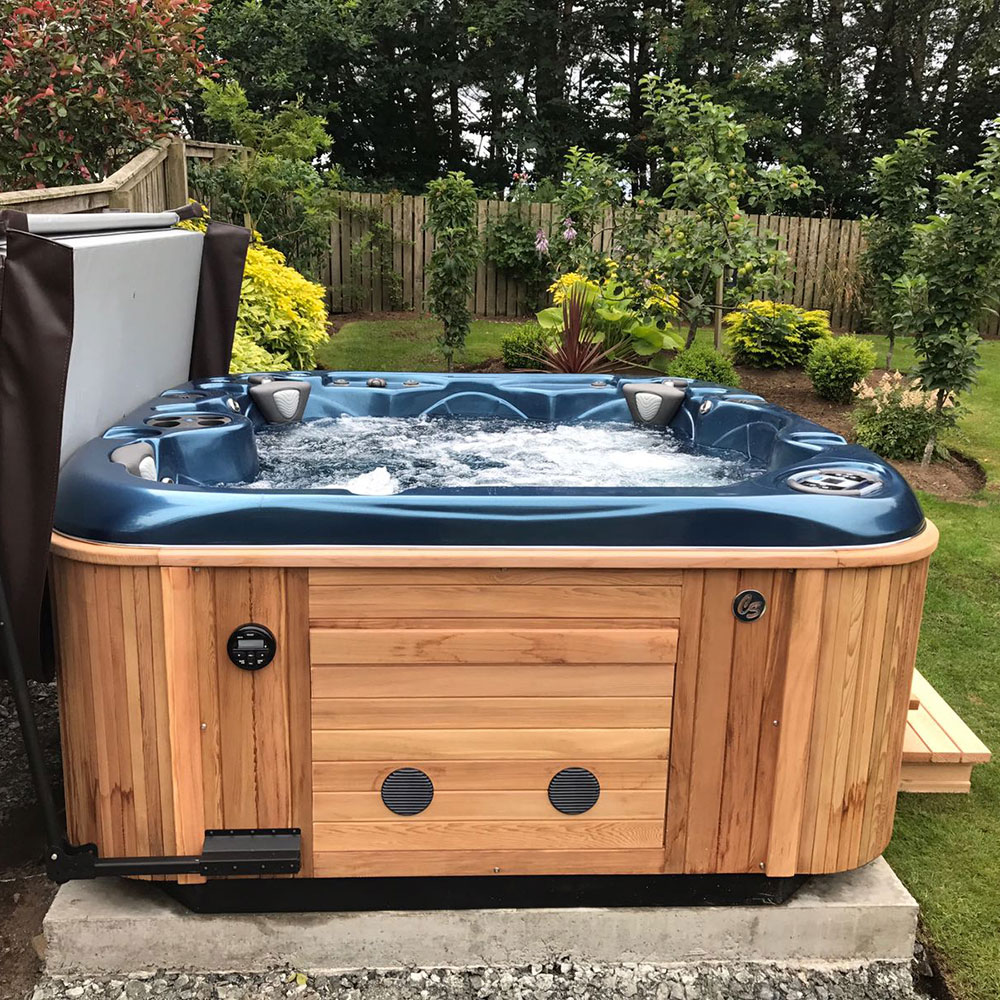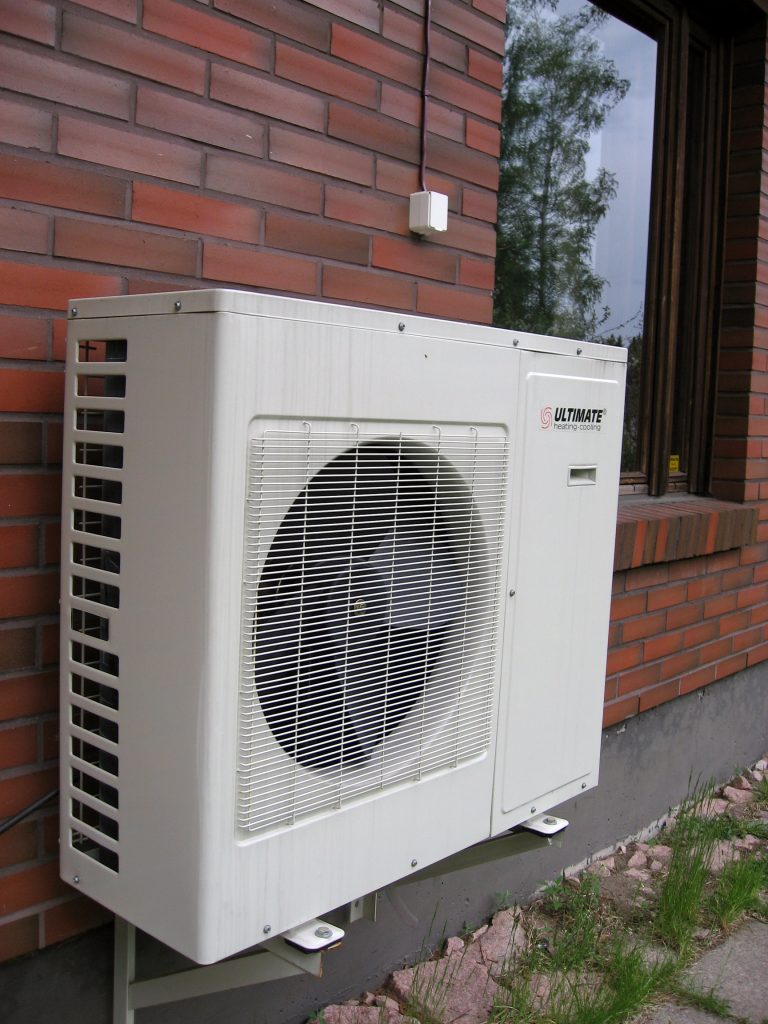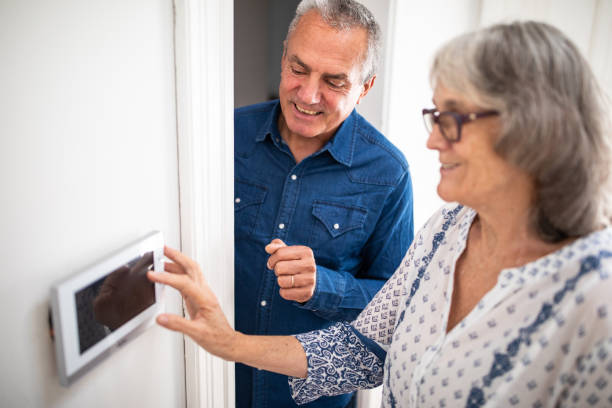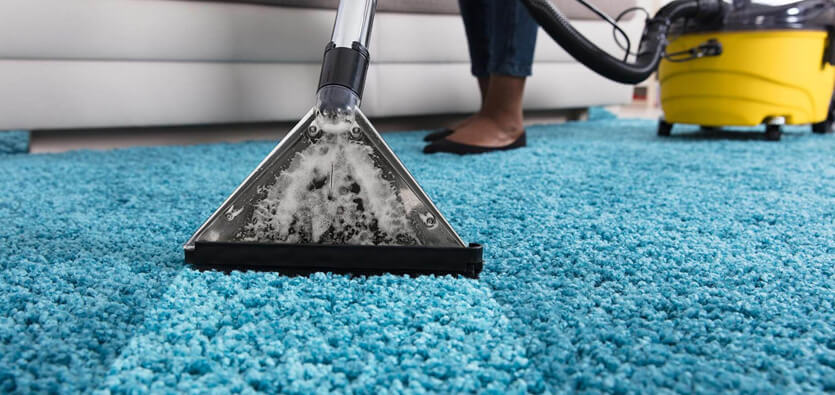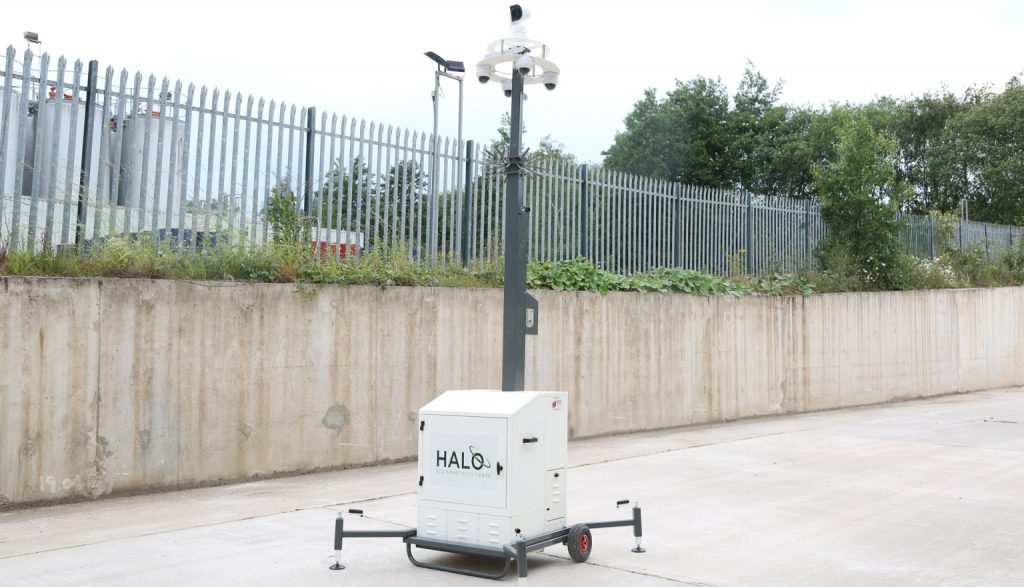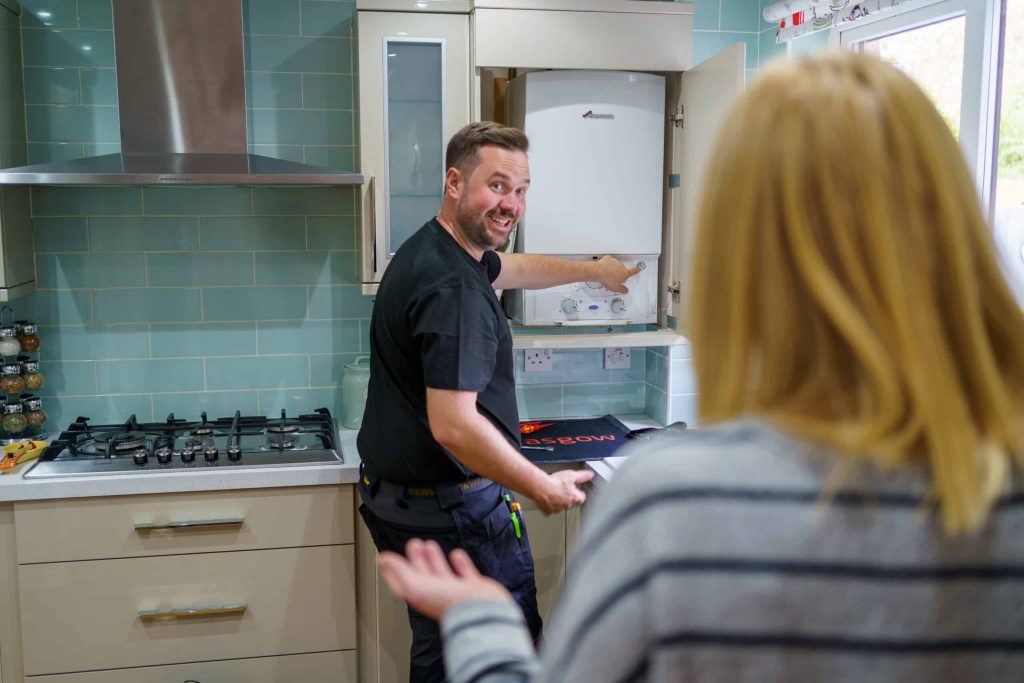
As winter approaches you’ll want to prepare your boiler and your central heating system. The winter is when your boiler will be put under the most demand, and as a result it is vital that you ensure it is in the best possible shape. In this article we’ll discuss the best ways to keep your boiler in shape as the winter approaches.
Check and bleed your radiators
Your radiators condition is a good indicator of the state of your central heating, so checking them is a great way to see how well your boiler is doing.
If you find that your radiators have cold spots or are cold near the top but warm near the bottom (or the whole radiator is cold) then your first step should be to bleed the radiator. These issues result from trapped air inside of the radiator displacing the hot water, stopping it from warming up properly. Bleeding the radiator allows you to get rid of this air, ensuring the hot water can flow freely.
Air can be introduced to a radiator by several means. New water entering the system from the expansion tank or via routine maintenance, or it can be created by the movement of mechanisms like the pump.
Bleeding the radiator is relatively easy. You should begin downstairs and work from the radiator furthest away from your boiler. Make sure your central heating is switched off. You’ll need to get a radiator key, some dry cloth, and a container (to catch any water which comes out). Turn the ‘bleed screw’ at the top of the radiator counter clockwise until a ‘hissing’ noise begins. This is air escaping. When the hissing stops and water drips out, the radiator has been bled. Tighten the bleed screw by turning it clockwise.
After this you’ll want to turn on the central heating and test the radiators.
If cold spot issues continue you may need to contact an engineer. If you notice dirty water when you bleed your radiators, you may need to get a power flush.
Power Flush
A power flush is a fantastic way to improve your homes central heating and its energy efficiency.
A poorly maintained central heating system will suffer from problems like sludge and deposits of rust and debris. These can block the flow of water, reducing the overall energy efficiency of your home significantly. Less energy efficiency means wasted money. It is also often a cause of cold spots on radiators.
A power flush can ensure your central heating system works as intended but also ensure it operates far more efficiently. A cleaner flow can also help to reduce noises from boilers and pipes.
Check the condition of your pipes
It is important to keep an eye on the condition of your pipes. When it’s cold the pipes can freeze up and this can result in serious damage to your central heating system as well as the boiler. To prevent this from happening you may want to insulate your pipes.
Taking a look at boiler pressure
It’s important to keep an eye on boiler pressure. If you’re lucky you’ll never have to check your boiler pressure, but many systems will once in a while will suffer issues with pressure. There’s a myriad of causes for this.
If the boiler temperature is too high then the chance of leaks increases significantly. Too low and the boiler system will not work as well. Your manual should tell you the correct pressure your boiler needs to maintain.
To check your temperature of the boiler you’ll need to insect the pressure gauge, which is a rounded dial either on the front of the boiler or beneath its control panel. The manual for your boiler will tell you what the pressure should be.
Depending on the issue there’s various ways to fix the pressure of a boiler.
Getting your Annual Service for your boiler
It’s vital that you get your annual boiler service. Failing to get your service means you are likely to lose your warranty and the benefits that come with it, alongside all its benefits.
But an annual service also ensures that an engineer can take a good look at the boiler itself. This includes an inspection of all its vital components, ensuring they are clean, and if need be, replacing them to avoid a breakdown by CHS Glasgow.
Not only does this mean you can avoid dealing with future issues like breakdowns, but it also will increase the energy efficiency of your boiler. This is a real issue during the winter, as you’ll want to ensure you aren’t wasting money trying to warm your home.


